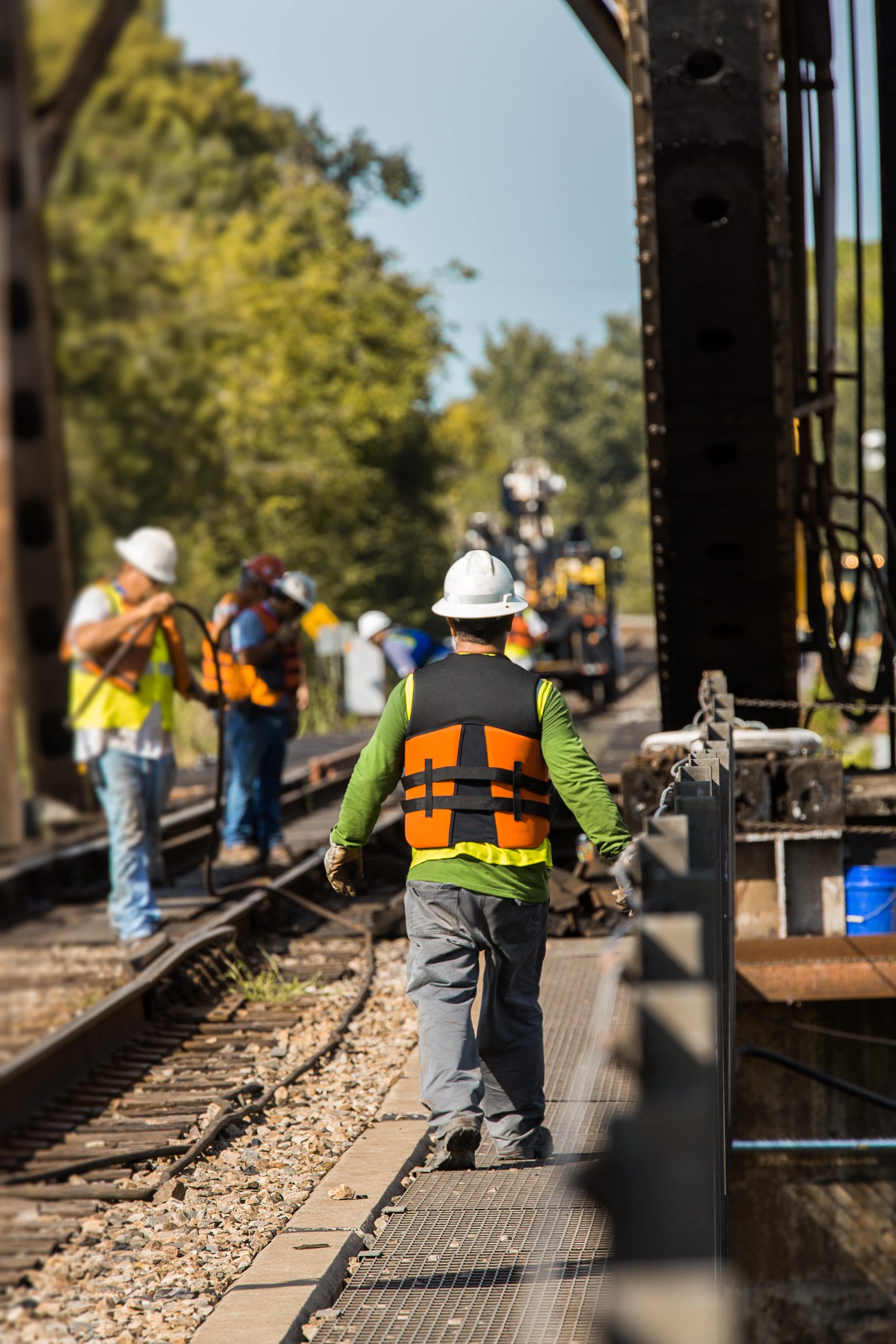Understanding Railroad Cancer Lawsuit Settlements: A Comprehensive Overview
In current years, the concern of railroad workers establishing numerous forms of cancer due to extended direct exposure to harmful substances has gathered substantial attention. Numerous train workers and their families have sought legal option by filing lawsuits versus railroad business. This post explores the subject of railroad cancer lawsuit settlements, exploring the reasons for these illness, the legal procedure, and what individuals can anticipate if they pursue a claim.
What Causes Cancer Among Railroad Workers?
Railroad workers are exposed to a range of hazardous substances throughout their careers. Secret contributors to cancer risks consist of:
- Asbestos: Historically utilized in insulation and fireproofing products on engines and within railroad cars, asbestos exposure has actually been connected to lung cancer and mesothelioma.
- Benzene: Found in fuel and solvents, benzene exposure is related to blood cancers, consisting of leukemia.
- Creosote: Used in treating wooden railroad ties, prolonged direct exposure to creosote can result in skin, lung, and bladder cancers.
- Heavy Metals: Exposure to heavy metals, such as arsenic and lead, is vital and can cause numerous malignancies.
- Solvents and Chemicals: Chronic exposure to numerous commercial solvents and chemicals can likewise heighten cancer threats.


> Legal Framework for Railroad Workers Railroad workers looking to file a claim for cancer-related illnesses may do so under federal laws, particularly the Federal Employers Liability Act (FELA). FELA permits workers to sue their companies for carelessness. The significant points include:
- Negligence Proving: The worker needs to demonstrate that the railroad's neglect added to their disease.
- Proof: Claimants require solid evidence of direct exposure to carcinogens and its link to their diagnosis.
- Settlement: Victories in these cases can result in substantial settlements that cover medical expenses, lost earnings, and payment for discomfort and suffering.
Table 1: Types of Cancers Linked to Railroad Work
| Type of Cancer | Associated Substances |
|---|---|
| Lung Cancer | Asbestos, Benzene |
| Mesothelioma | Asbestos |
| Leukemia | Benzene |
| Skin Cancer | Creosote |
| Bladder Cancer | A range of chemicals |
Railroad Cancer Lawsuit Settlements
Settlement amounts in railroad cancer lawsuits can vary commonly based upon numerous factors, consisting of the severity of the employee's disease, the length of exposure, and the capability to prove neglect. Here's a detailed check out what affects these settlements:
Factors Influencing Settlements
- Intensity of Illness: More aggressive cancers usually lead to bigger settlements.
- Duration of Employment: Long-term workers who have had extensive direct exposure may have more powerful claims.
- Documented Evidence: Claims supported by medical records, exposure records, and witness testament have greater possibilities of success.
- Company Reputation: Companies with a history of neglect may be more most likely to choose greater amounts to avoid trial.
- Future Medical Costs: Settlements frequently factor in future medical treatment and care.
Approximated Settlement Amounts
While real settlement amounts can vary commonly, here are some approximated varieties based on a number of cases:
| Type of Cancer | Estimated Settlement Range |
|---|---|
| Lung Cancer | ₤ 300,000 - ₤ 2,000,000 |
| Mesothelioma cancer | ₤ 1,000,000 - ₤ 8,000,000 |
| Leukemia | ₤ 200,000 - ₤ 1,500,000 |
| Skin Cancer | ₤ 100,000 - ₤ 500,000 |
| Bladder Cancer | ₤ 150,000 - ₤ 800,000 |
Browsing the Legal Process
For railroad workers considering a lawsuit, comprehending the legal process is important.
- Assessment: Seek a consultation with a lawyer experienced in FELA cases.
- Gather Evidence: This consists of medical records, employment records, and any documentation that supports the case.
- Submitting the Claim: Once prepared, the lawsuit can be submitted, detailing the claim versus the railroad business.
- Settlement: Most cases settle previously going to trial, with settlements often led by the lawyer.
- Trial: If a settlement can not be reached, the case might go to trial.
Frequently Asked Question About Railroad Cancer Lawsuit Settlements
1. For how long do I have to file a lawsuit after being detected with cancer?
Most states have a statute of restrictions varying from one to three years from the date of diagnosis. Railroad Lawyers Near Me is essential to talk to a lawyer quickly.
2. What if I am retired and have been detected with cancer?
Even retired workers can file claims if they can show that their health problem is connected to their employment history.
3. Do I need a lawyer to submit a lawsuit?
While it's possible to file a lawsuit without legal representation, having a lawyer with experience in FELA cases increases the possibilities of a successful outcome.
4. Will my settlement be taxable?
In most cases, settlements gotten under FELA for physical injuries or health problems are not taxable. Nevertheless, it's suggested to talk to a tax expert.
5. For how long does the settlement process typically take?
The duration can differ commonly: some cases might settle within months, while others could take years, particularly if they go to trial.
As awareness of occupational risks boosts, so does the acknowledgment of the battles dealt with by railroad workers battling cancer. Comprehending the legal avenues readily available, including potential settlements under FELA, is essential for affected workers. While navigating a lawsuit can be daunting, the right legal assistance and thorough info can cause considerable payment, providing some monetary relief throughout what is unquestionably a tough time. If you or an enjoyed one has actually been impacted, it is important to look for legal guidance as soon as possible to ensure your rights and health concerns are addressed successfully.
Resources for Further Information
- Federal Employers Liability Act (https://www.fema.gov)
- American Cancer Society (https://www.cancer.org)
- Occupational Safety and Health Administration (https://www.osha.gov)
By being informed and taking the necessary actions, railroad workers can look for justice and recognition for their battles, assisting to lead the way for a more secure work environment for future generations.

